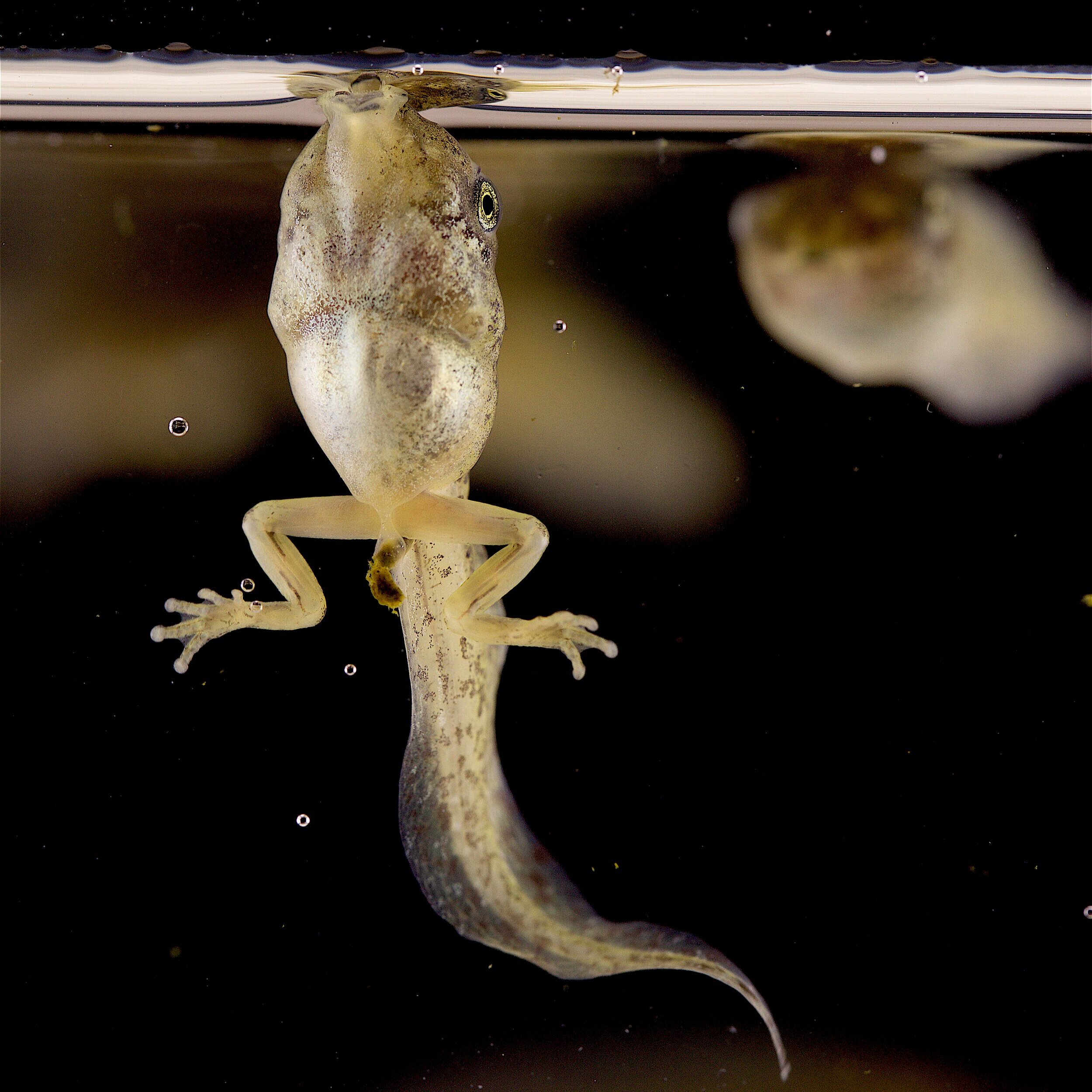Using field- and lab-work, we compare trait morphology and function among species to better understand how biodiversity develops, how biodiversity evolves, and why it matters.
methods include: noticing (e.g., histology, micro-CT, high-speed video, auditory brainstem recordings, genetics) and
making connections (e.g., phylogenetic comparative methods, data visualization, science communication)
MAIN RESEARCH THEMES
Evolutionary development
We ask how changes in early development affect the evolvability of traits at the macroevolutionary scale. Events in early development not only matter for an individual’s life, but also for a species’ evolutionary trajectory.
Adaptation & CoNSTRAINT
We ask how selection pressures shape morphological and physiological traits among species. We are particularly interested in the differential limits of adaptation among clades. Why do some clades adapt while others perish?
sensory ecology
We ask how animal sensory systems have evolved and what functional differences exist among animals. We then examine how these functional differences affect an animal’s ability to navigate their environment, including prey capture, predator avoidance, and mate attraction.
CURRENT PROJECTS
Salty Frog Evolution
Salinity increases from rising sea levels and increased road salt use are expected to negatively impact frogs. However, salinity tolerance among amphibians is more variable than commonly considered. We are comparatively investigating how life history traits and evolutionary history influence stage-specific survival, growth, development, and physiological responses to saltwater exposure.
Funding: NSF ORCC 2307832
Collaborators: Albecker Lab
IN THE NEWS! - UPR story about this research
Skin
Evolution
We aim to perform the most comprehensive macroevolutionary study of anuran skin form and function to-date, testing fundamental questions about skin evolution and assessing variation in species vulnerability to dry climates. Detailed analysis of skin features and properties across anurans will reveal previously unappreciated morphological and physiological diversity.
Funding: NSF PSS 2247610
Collaborators: Riddell Lab
Skeletal Evolution
We aim to resolve how and why some traits evolve rapidly and often among closely-related species, while other traits remain highly conserved over millions of years among many species. We test how phylogenetic relationships, developmental bias, integration, and selection pressures shape the uneven patterns of skeletal evolution among species.
Funding: NSF BRC-BIO 2218191
Collaborators: Rudi von May & Allison Alvarado
Lung
Evolution
We are investigating the repeated evolutionary loss of tadpole lungs from developmental, evolutionary, and biomechanical angles. We hope to better understand how and why lungs are developmentally delayed in some tadpoles with seemingly no effect on adult lung morphology or performance. We are particularly curious about one large clade of frogs that appear constrained, never regaining functional tadpole lungs once evolutionarily lost.
PC: Jackson Phillips
Hearing Evolution
We test and compare hearing among species to better understand what they can hear and how it relates to their ecology (e.g. mate selection and prey detection). This project investigates both airborne sound and substrate borne vibrations.








